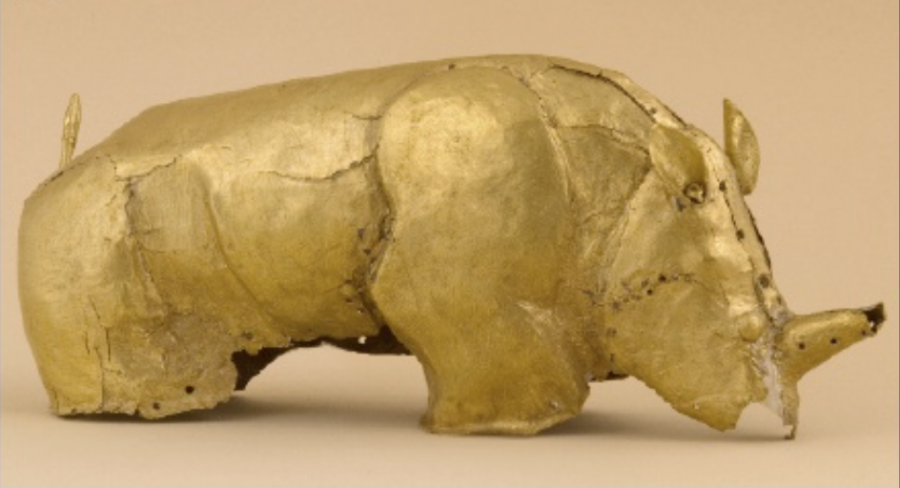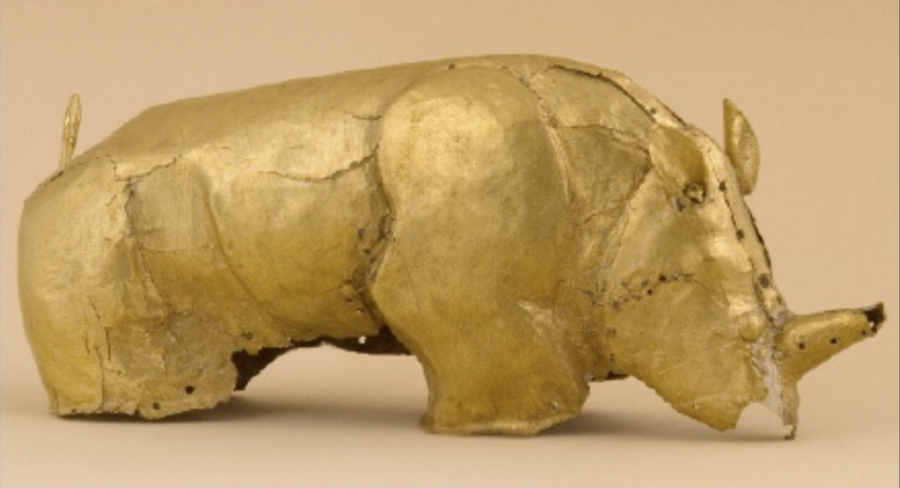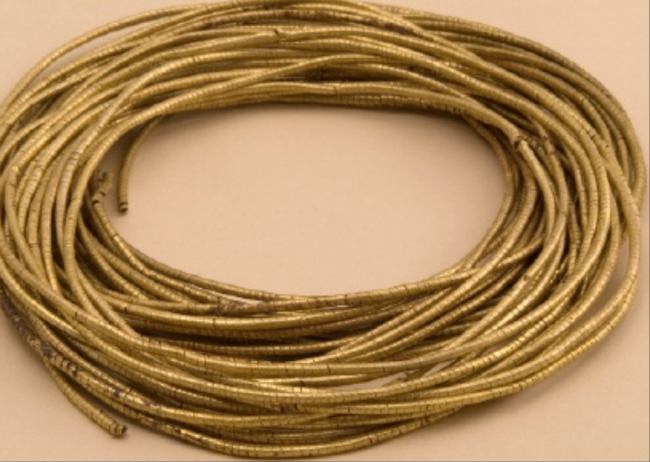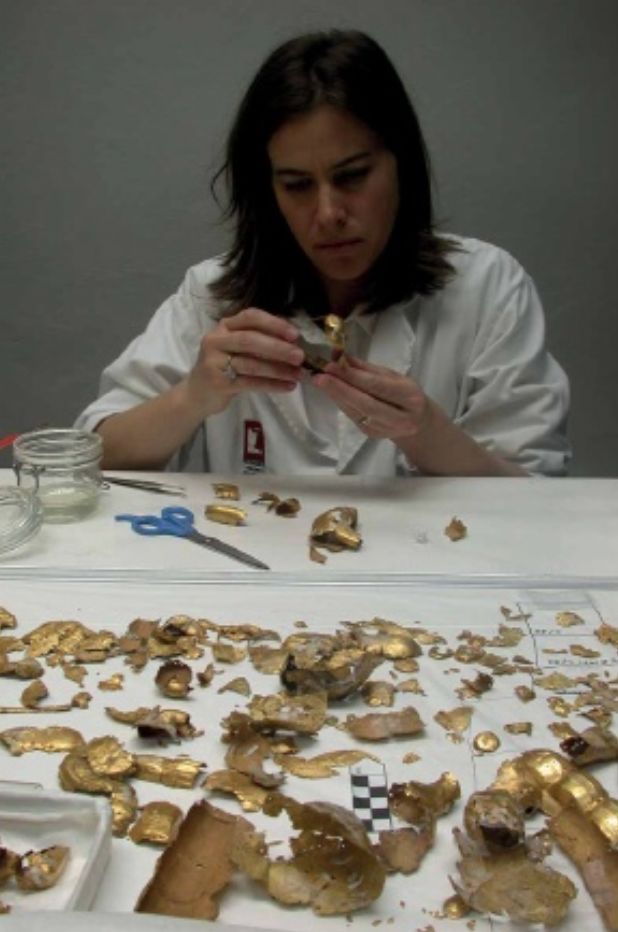
SA’s 700-Year-Old Golden Rhino Could Feature in British Museum Show
Usually when rhinos are in the news, it’s for only one reason – poaching. But the media is suddenly focusing on a very different kind of rhino, a golden one that is more than 700 years old, and they’re asking, “Will South Africa let it leave the country?” The figurine – made of gold foil and tacked […]

Usually when rhinos are in the news, it’s for only one reason – poaching. But the media is suddenly focusing on a very different kind of rhino, a golden one that is more than 700 years old, and they’re asking, “Will South Africa let it leave the country?”
The figurine – made of gold foil and tacked with minute pins around a wooden core – was found decades ago in an archeological dig at Mapungubwe in Limpopo, which is now a World Heritage site. It is hopefully going to be included in a major South African exhibition at the British Museum later in 2016 – if South Africa lets it go.

“I think because South Africa has this colonial legacy, people are concerned about heritage objects leaving the country,” said Sian Tiley-Nel, manager of the University of Pretoria museums, where the rhino is kept. “But these are just temporary showcases, they will come back,” she was reported as saying.

Between 1200 and 1300 AD, the Mapungubwe region, home to ancestors of the Shona of Zimbabwe, was a centre of trade in southern Africa. The Iron Age site was discovered in 1932 and excavated by the University of Pretoria ever since, but any findings were kept quiet at the time since they provided contrary evidence to the racist ideology of black inferiority underpinning apartheid.
“Mapungubwe has come to show that South Africa has a very rich history,” Tiley-Nel was quoted recently as saying. “The southern part of Africa was not an empty myth land.”
Partly sourced from southafrica.info
